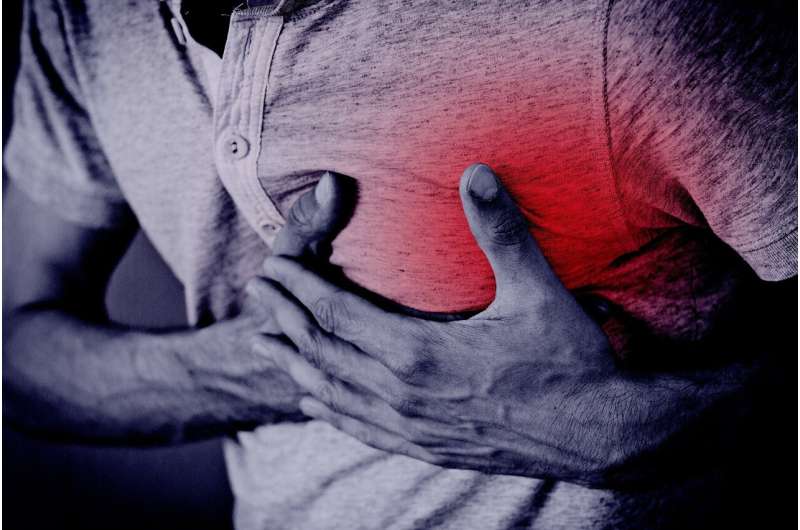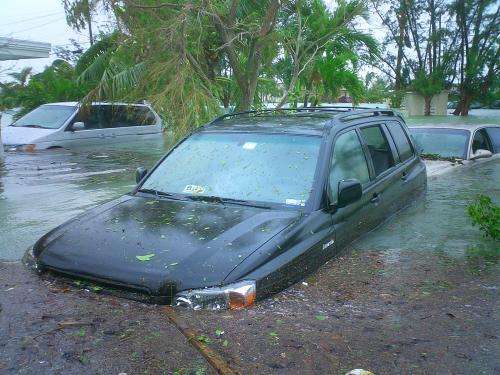Emergency Response for Heart Attack and Stroke Symptoms: What You Need to Know

If you're experiencing chest pain or suspect that a loved one is having a stroke, the instinct might be to drive directly to the hospital instead of calling emergency services. However, medical experts strongly advise against this course of action.
Dr. Eric Isaacs, head of the age-friendly emergency department at Zuckerberg San Francisco General Hospital, emphasizes that such a decision can be life-threatening. He often witnesses cases where individuals attempt to self-transport someone in cardiac arrest, only to arrive at the hospital too late. Similarly, Dr. Ameera Haamid, associate medical director of the Chicago South EMS System, stresses the importance of calling 911 at the first sign of symptoms.
Recognizing symptoms is crucial. Heart attack symptoms include shortness of breath, chest pressure or pain that may radiate to the arms, neck, back, or stomach, along with nausea, cold sweat, or irregular heartbeat. Stroke symptoms often involve face drooping, weakness on one side, difficulty speaking or walking, confusion, and a severe headache. The American Heart Association recommends calling 911 if any of these symptoms occur or if there is sudden loss of responsiveness or trouble breathing.
Delaying emergency response can be deadly. Sometimes, individuals or families arrive at hospitals with someone unresponsive or in cardiac arrest, having underestimated the severity or attempted to drive themselves.
Why is calling 911 better? Emergency responders are trained to handle urgent situations and can start life-saving procedures en route to the hospital. They can administer medications, perform CPR, or use defibrillators if needed, effectively making the ambulance act as a mobile intensive care unit.
Moreover, emergency services can prioritize your case, ensuring a swift evaluation upon arrival. Parking and wait times at hospitals can lead to dangerous delays. Both heart attack and stroke are highly time-sensitive conditions, with delays increasing the risk of permanent disability or death.
Rescue teams also have the expertise to direct patients to the appropriate facility, especially in rural areas where specialized care may be located some distance away. Sometimes, bypassing local hospitals is necessary to receive life-saving intervention promptly.
Calling 911 also expedites diagnosis and treatment. Ambulances can transmit vital signs and diagnostic data to emergency departments, enabling preparations for immediate procedures upon arrival. This setup maximizes the chances of effective treatment, such as clot-busting drugs for strokes or immediate interventions for heart attacks.
Finally, there's no shame in seeking help. Symptoms of a stroke or heart attack should always be taken seriously. Medical professionals remind us that prompt action can save lives and reduce long-term complications. It's better to be cautious and evaluated than to dismiss symptoms and face irreversible consequences.
In summary, if you or someone else shows signs of a heart attack or stroke, the safest move is to call 911 immediately. Emergency teams provide critical early care, ensure faster diagnosis, and help direct patients to the appropriate hospital, significantly improving outcomes.
Source: https://medicalxpress.com/news/2025-04-heart-symptoms-er-doctors.html
Stay Updated with Mia's Feed
Get the latest health & wellness insights delivered straight to your inbox.
Related Articles
Study Highlights How Flooding Affects Older Adults' Health
A comprehensive study reveals how major flooding events significantly impact the health of adults aged 65 and older, increasing risks of skin, nervous system, and injury-related conditions, with disparities influenced by community demographics.
Predicting Severity of Traumatic Injuries in Pedestrian Car Collisions Using Age and Location Data
Recent research reveals that age and location data can help predict the severity of injuries sustained by pedestrians in vehicle accidents, aiding targeted prevention efforts.
Scientific Journal Retracts Study Linking Apple Cider Vinegar to Weight Loss Claims
The BMJ has retracted a study claiming apple cider vinegar aids weight loss due to data and methodological concerns, emphasizing the importance of research integrity.
Innovative Digital Cognitive Test Enhances Early Detection of Alzheimer’s Disease in Primary Care
A new digital cognitive assessment developed by Lund University improves early Alzheimer’s detection in primary care, offering a fast, objective, and accessible tool to identify patients who need further testing for the disease.



